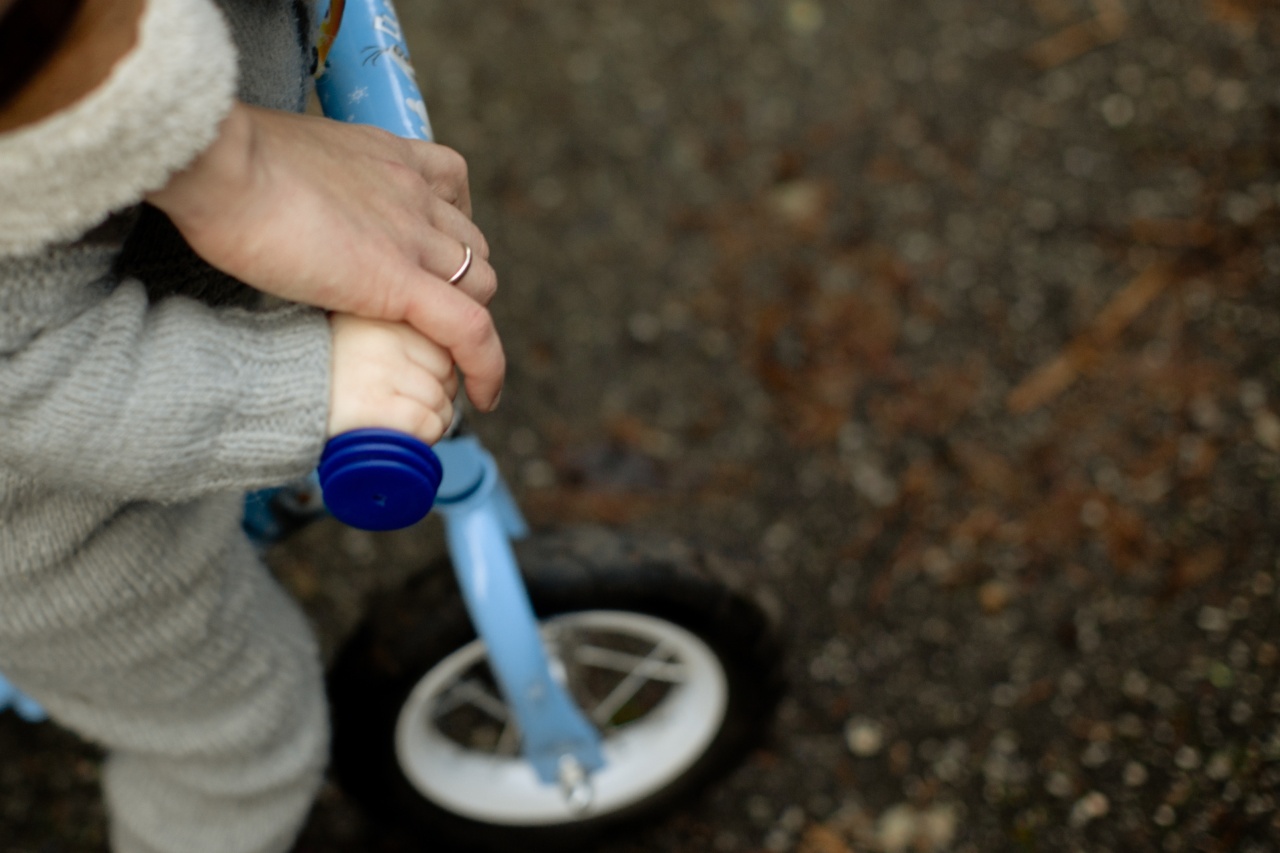Attention deficit hyperactivity disorder (ADHD) is a common neurodevelopmental disorder that affects many children around the world. Children with ADHD have difficulty with attention, impulsivity, and hyperactivity, which makes learning challenging.
In particular, learning a new language, such as English, can be especially difficult for these children. However, with the right teaching strategies, it is possible to help children with ADHD to improve their English skills. Here are ten effective ways to teach English to children with ADHD.
1. Use Visual Aids
Visual aids, such as pictures, diagrams, charts, and videos, can be very helpful for children with ADHD. These aids help to capture their attention and make learning more engaging.
When teaching English, use visual aids to illustrate the meaning of words, grammar rules, and sentence structures. For example, you can use pictures to show the difference between singular and plural nouns or use videos to demonstrate how to use adverbs.
2. Break Down Lessons into Small Parts
Children with ADHD have a short attention span and find it difficult to focus on long lessons. To make learning more manageable, break down lessons into small parts that are easier to grasp.
For example, instead of teaching all the verb tenses at once, teach one tense at a time and reinforce it with practice exercises before moving on to the next one.
3. Use Movement and Action
Children with ADHD are often full of energy and need to move around. Incorporating movement and action into English lessons can help to improve their attention and engagement.
For example, you can use games such as charades, pictionary, or Simon says to teach vocabulary and practice speaking skills.
4. Provide Positive Feedback
Children with ADHD often struggle with self-esteem and may feel discouraged when they make mistakes. Providing positive feedback, such as praise, encouragement, and recognition, can help to boost their confidence and motivation.
When teaching English, focus on their strengths and celebrate their accomplishments, no matter how small.
5. Use Multisensory Techniques
Children with ADHD learn best when multiple senses are involved. Using multisensory techniques, such as touch, smell, and sound, can help to reinforce learning and improve retention.
For example, you can use flashcards with different textures, colors, and sounds to teach vocabulary or use scents to help children remember certain words or phrases.
6. Create a Structured Environment
Children with ADHD thrive in structured environments. To help them succeed, create an organized and predictable learning environment that minimizes distractions and promotes focus.
For example, provide a quiet and comfortable workspace, establish clear rules and routines, and use a visual schedule to outline the day’s activities.
7. Use Positive Reinforcement
Positive reinforcement is a valuable tool for teaching children with ADHD. Using a reward system, such as stickers, tokens, or praise, can motivate children to complete tasks and stay focused.
When teaching English, provide incentives for good behavior, completion of tasks, or improvement in skills.
8. Provide Frequent Breaks
Children with ADHD need frequent breaks to release their energy and refocus their attention. When teaching English, provide short breaks between lessons or activities to give children time to relax and recharge.
For example, you can have a short dance or exercise break or allow them to play with fidget toys for a few minutes.
9. Use Hands-On Activities
Children with ADHD often learn best through hands-on experiences. Using hands-on activities, such as crafts, experiments, or cooking, can help to make English lessons more engaging and memorable.
For example, you can have children make flashcards or posters, conduct science experiments that reinforce English vocabulary, or prepare recipes that use English words and phrases.
10. Make Learning Fun!
Finally, the most effective way to teach English to children with ADHD is to make learning fun! Incorporating games, songs, stories, and humor into lessons can help to capture their interest and enthusiasm.
When children enjoy what they are learning, they are more likely to stay engaged and motivated. So, let your creativity shine and make English lessons a fun and exciting experience for your students!.

























